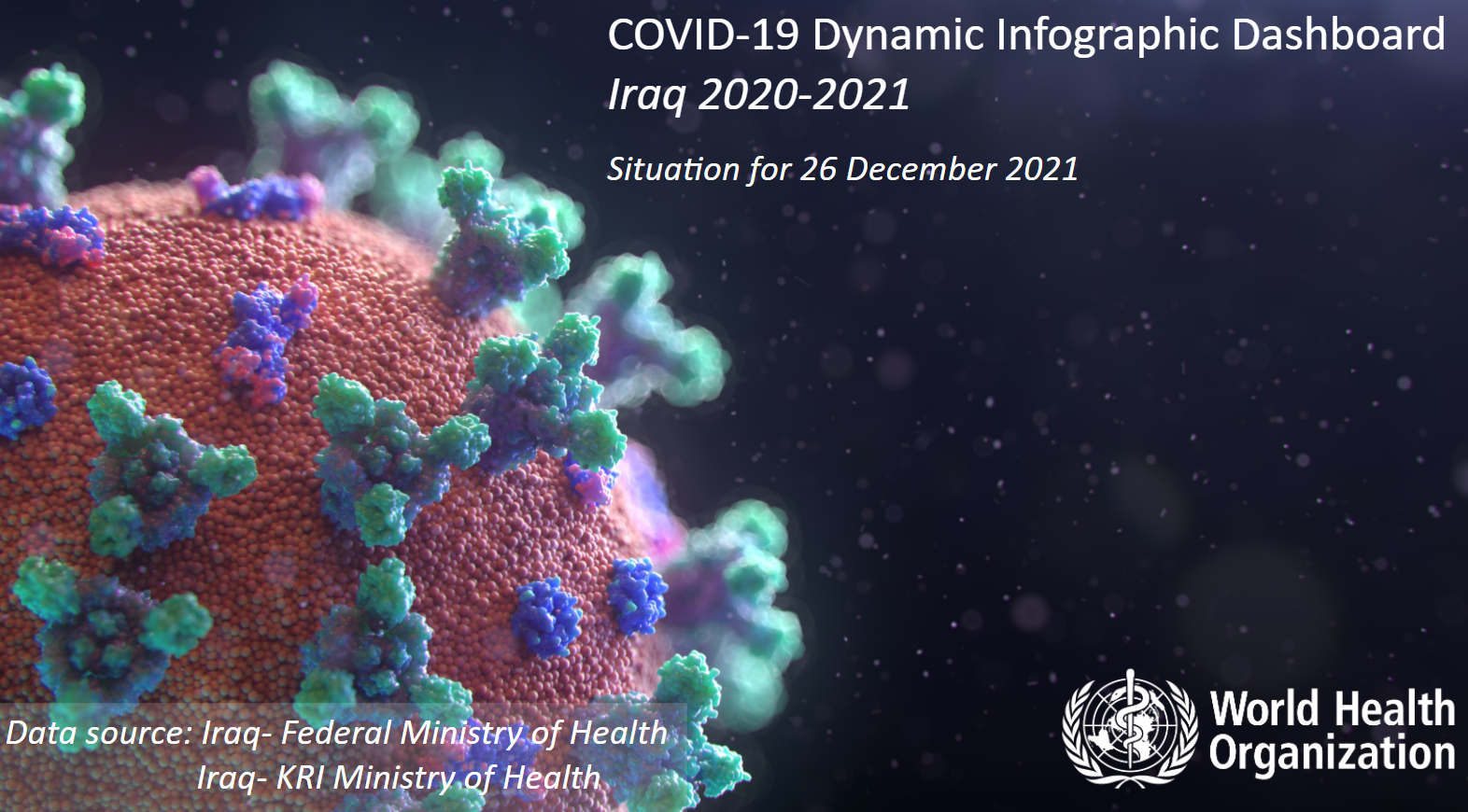University Of Alkafeel

Signs and symptoms of COVID-19 may appear two to 14 days after exposure. The period following exposure and prior to the onset of symptoms is called the incubation period. Common signs and symptoms can include:
Early symptoms of Covid 19 may include a loss of taste or smell.
Other symptoms can include:
Here is the basic information on how to wear a mask: